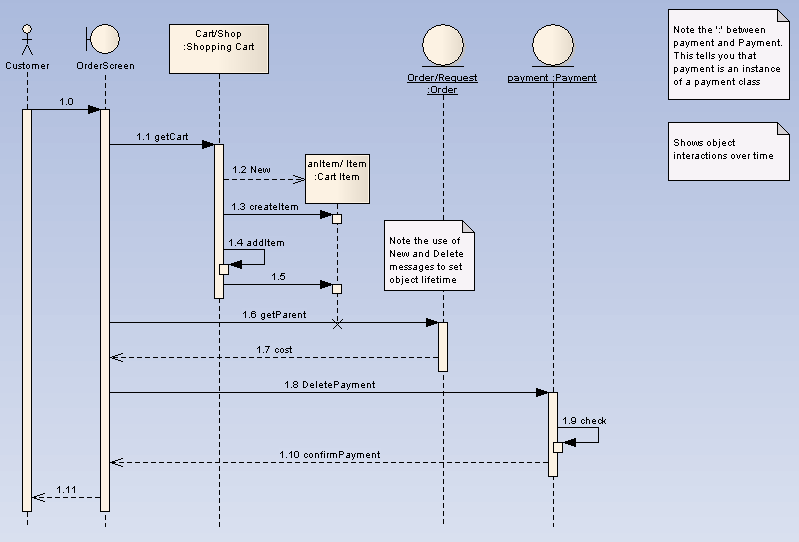

#Enterprise architecture sequence diagram drivers
First, identify the relevant stakeholders and then the drivers for change that are in the interests of them. This view can be used for stakeholder analysis for business development purposes: what are the drivers for change. Stakeholder Analysis View Stakeholder Analysis View. With this view, the strategy can be made available: visualized, communicated and linked to reality. By visualizing the strategic values, it can be possible to trace all the other elements that are involved with the actual strategy execution. This view contains strategic value-elements, from which all the development activities have to be derived – directly or indirectly. This view can be used for visualization of the strategies of the organization. Strategic Value Map View Value Map – Strategy Map View. (2015) Modelling strategy with ArchiMate.

Strategic goals need to be accomplished in order to achieve the vision of the organization. Core values are what support the vision, shape the culture, and reflect what the organization values. “What is the organization’s purpose, what is it actually doing or intents to do, what is the primary reason for its existence?” Vision is the future state towards which the organization intends to evolve. This view can be used to represent the organization’s mission, vision and core values. Mission-Values-Vision View Mission-Vision-Values View. Motivational elements are based on Business Motivation Model (BMM). to the outcome (or to any other ArchiMate element), to indicate what is the real value add! line of business) or a single program or project (solution level). This view represents the vision of the development endeavor – whether the scale and scope comprise the whole organization or just part of it (e.g. These motivational analyses are the starting points for all the change activities or business transformations in an organization. This view can be used to analysis of the motivations, or reasons, that guide the design or change of an organization and its enterprise architecture. Motivation Views Motivation View Motivation View. Motivation is introduced as a “Layer” instead of an “Aspect” here. As such, this view can be used for navigation between the diagrams. This version of the view is applied from ArchiMate (3) framework. The view can be modified according to what is appropriate in the case. This view represents the framework that structures all the development aspects and related diagrams.
#Enterprise architecture sequence diagram free
Get a free ArchiMate modelling tool Archi: link.Ĭheck the ArchiMate User Community for more information: link ArchiMate Examples ArchiMate Example Views Framework View Framework View. Some of the examples can be used as design patterns.įor more ArchiMate examples in a structured way, check the ArchiMate Cookbook. These example views illustrate how ArchiMate concepts can be used. ArchiMate example views introduced here are organized into a layered framework according to ArchiMate standard (see ArchiMate version 3.1 here).


 0 kommentar(er)
0 kommentar(er)
